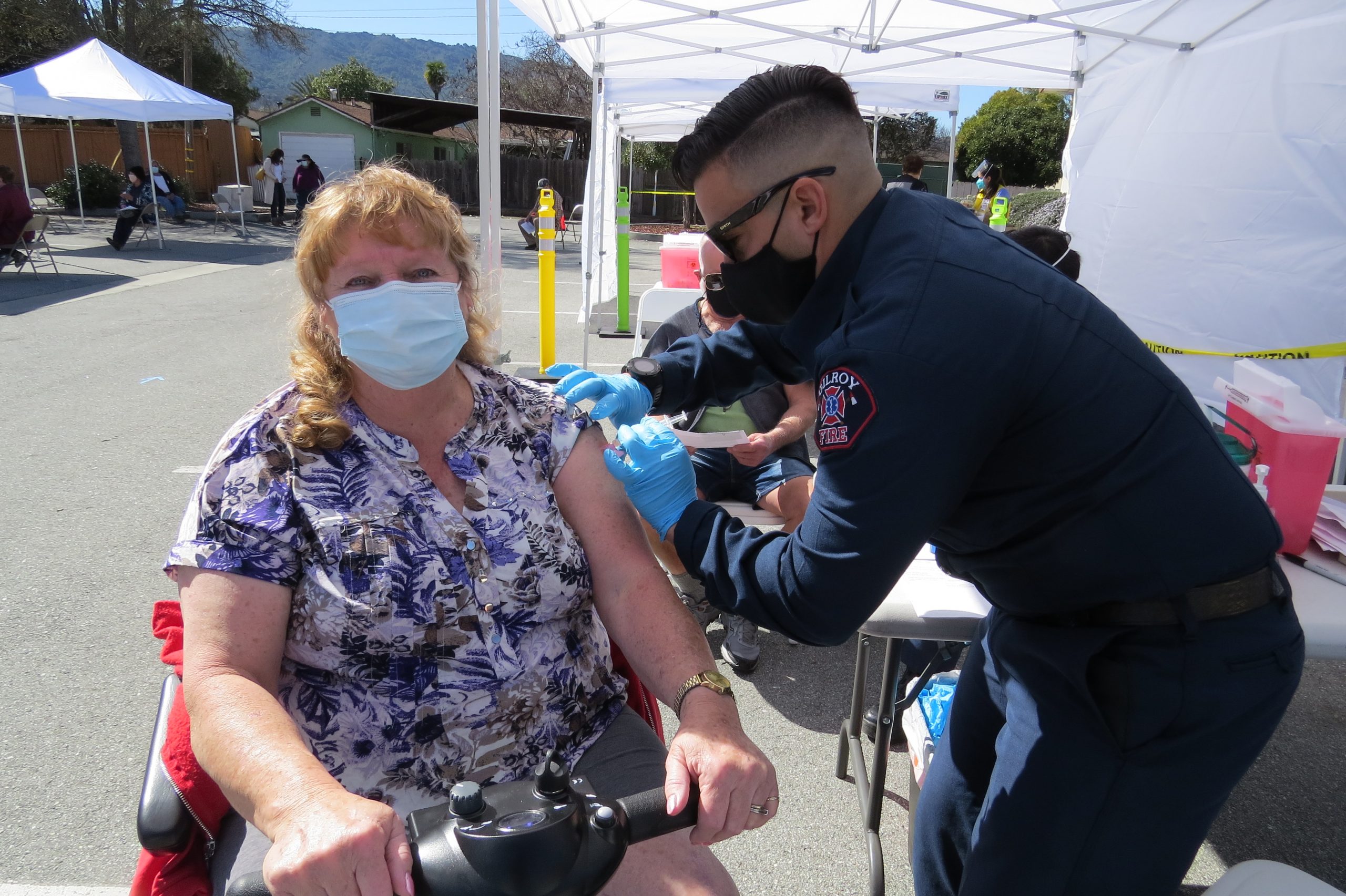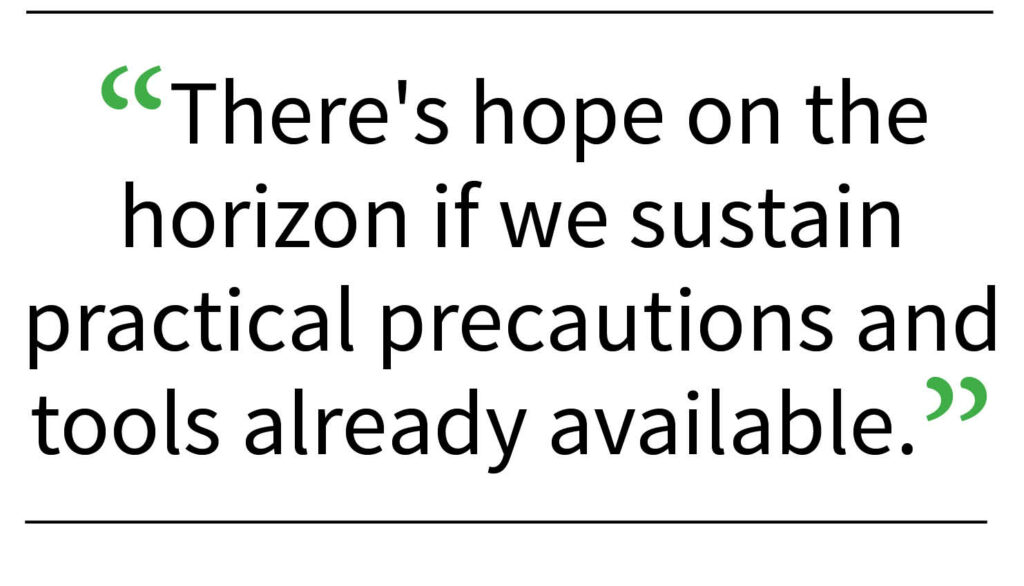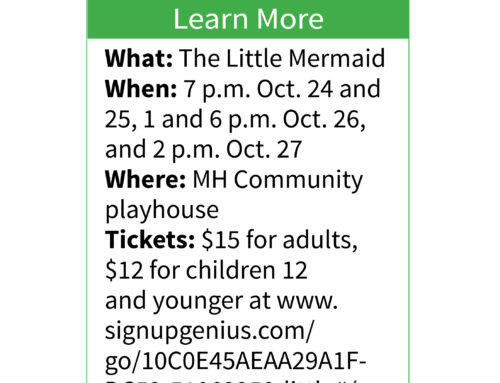After nearly three years, pandemic fatigue is understandable.
![]()
This editorial is the opinion of Morgan Hill Life

As winter illnesses surge, Morgan Hill residents should take precautions to stay safe from dangerous diseases — including a new variant of COVID-19.
Santa Clara County is seeing concerning spikes in COVID-19, influenza, and other respiratory illnesses this winter. While case counts stay low, COVID concentrations in wastewater have reached January 2022’s Omicron levels, and hospitalizations continue rising steadily.
 This mirrors trends statewide. Positive test rates for COVID-19 and flu have jumped recently. California just reported its highest weekly COVID hospital admissions since last winter. Though less severe than 2021’s viral “tripledemic,” the worst may be yet to come by mid-January when models predict two million daily U.S. cases.
This mirrors trends statewide. Positive test rates for COVID-19 and flu have jumped recently. California just reported its highest weekly COVID hospital admissions since last winter. Though less severe than 2021’s viral “tripledemic,” the worst may be yet to come by mid-January when models predict two million daily U.S. cases.
JN.1 is the latest COVID variant circulating in the U.S., making up more than 60 percent of cases nationally and in California.
While spreading rapidly, it has not shown increased severity compared to other recent variants. Cases and test positivity have been rising slowly in California since November. On average, 129 people are dying every week as of mid-January.
JN.1 is similar to the BA.2.86 (Pirola) variant and was first detected in September 2022. It either spreads more easily or evades immune systems better. There is no evidence of new symptoms associated with JN.1 infections so far.
Vaccines are still expected to provide protection against severe disease and death with JN.1. Continued use of masks, improved ventilation, testing, and social distancing when appropriate can help reduce spread.
While not cause for alarm yet, the rise of JN.1 amid holiday gatherings underscores that COVID-19 continues evolving and circulating. Staying up-to-date on the latest public health recommendations remains key to managing risk.
Crucially, immunity is waning for many Californians. Statewide, the virus continues infecting previously untouched individuals, debunking hopes of quick “common cold” status. Lingering risks of long COVID and other complications persist even for the vaccinated.
This proves we cannot declare premature victory over COVID-19. Continued vigilance and avoiding unnecessary risks remains essential, especially for those most vulnerable.
 A critical tool remains vaccination. While Santa Clara County enjoyed relatively high initial vaccination rates several years ago when the pandemic was at its height, only 20 percent of residents are now up-to-date on the latest COVID boosters. Rates are even lower among Latino and African-American communities. These disparities are unacceptable and must be addressed.
A critical tool remains vaccination. While Santa Clara County enjoyed relatively high initial vaccination rates several years ago when the pandemic was at its height, only 20 percent of residents are now up-to-date on the latest COVID boosters. Rates are even lower among Latino and African-American communities. These disparities are unacceptable and must be addressed.
Public health officials should redouble efforts to bring vaccines and information to underserved neighborhoods. They should also launch new education campaigns to stress the importance of staying up-to-date on shots as immunity wanes.
Public officials must continue expanding vaccine access and running new promotion campaigns. Residents should receive the latest bivalent boosters per CDC guidance. We all have a civic duty to curb transmission however possible as this viral storm continues through the holidays.
Other simple precautions like masking in crowds, stores and other public places and staying home when sick can also curb transmission substantially. After nearly three years, pandemic fatigue is understandable. But this is no time to let our guard down completely, especially with hospitalizations rising and the holidays fueling gatherings.
Staying vigilant with common-sense measures remains our best insurance until COVID finally transitions to an endemic seasonal virus. We can combat the threat if we can accelerate research into nasal/mucosal vaccines and variant-proof shots.
But we can’t pin all our faith on a miracle cure. Continuing common sense precautions bought us time before, and can still play a role especially if we see growth in concerning new variants.
Until next-generation nasal vaccines can prevent infections and transmission entirely, COVID-19 will likely keep returning each winter. But with responsible action together, we can continue smoothing its translation into an endemic seasonal virus. There is hope on the horizon if we sustain practical precautions and tools already available.
We can’t declare the pandemic over, but we also shouldn’t panic. Staying balanced, vigilant and proactive while trusting science will remain the best collective strategy.






